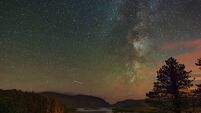On a mission to boost marine habitat health
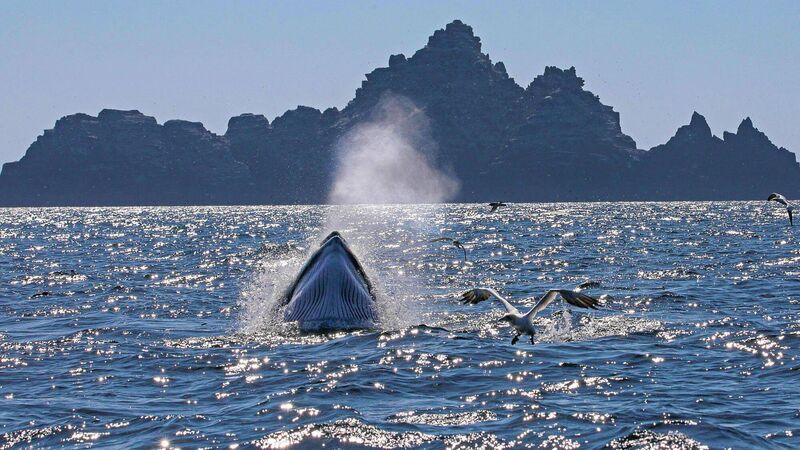
A Minke Whale lunge feeding on schooling prey near Skellig Beag. Picture: Valerie O'Sullivan
The iconic outline of the Skellig Islands can be seen from coastlines all over the southwest, their steep pointed peaks rising dramatically from the deep sea waters. The monastic settlement on the bigger of the two islands, Skellig Michael, was established in the sixth century. It is now one of our most prized cultural heritage sites, and one of only two UNESCO World Heritage Sites in the Republic of Ireland. Little Skellig hosts the second largest colony of gannets in the world, with almost 30,000 pairs of these strikingly beautiful seabirds breeding there each summer.
When I visited, bobbing in a boat near Little Skellig with the engine off, the noisy commotion of so many nesting gannets was like nothing I’ve ever heard before — a phenomenon that has been described as one of the wildlife wonders of the world. Fulmars, Storm-petrels, Razorbills and Puffins nest there in quantity too. A baffling density of seabirds occupies every available rocky ledge of these islands. So many nesting seabirds produce a prodigious quantity of poo, which colours the steep rocky slopes with white like a snow-peaked alpine summit.
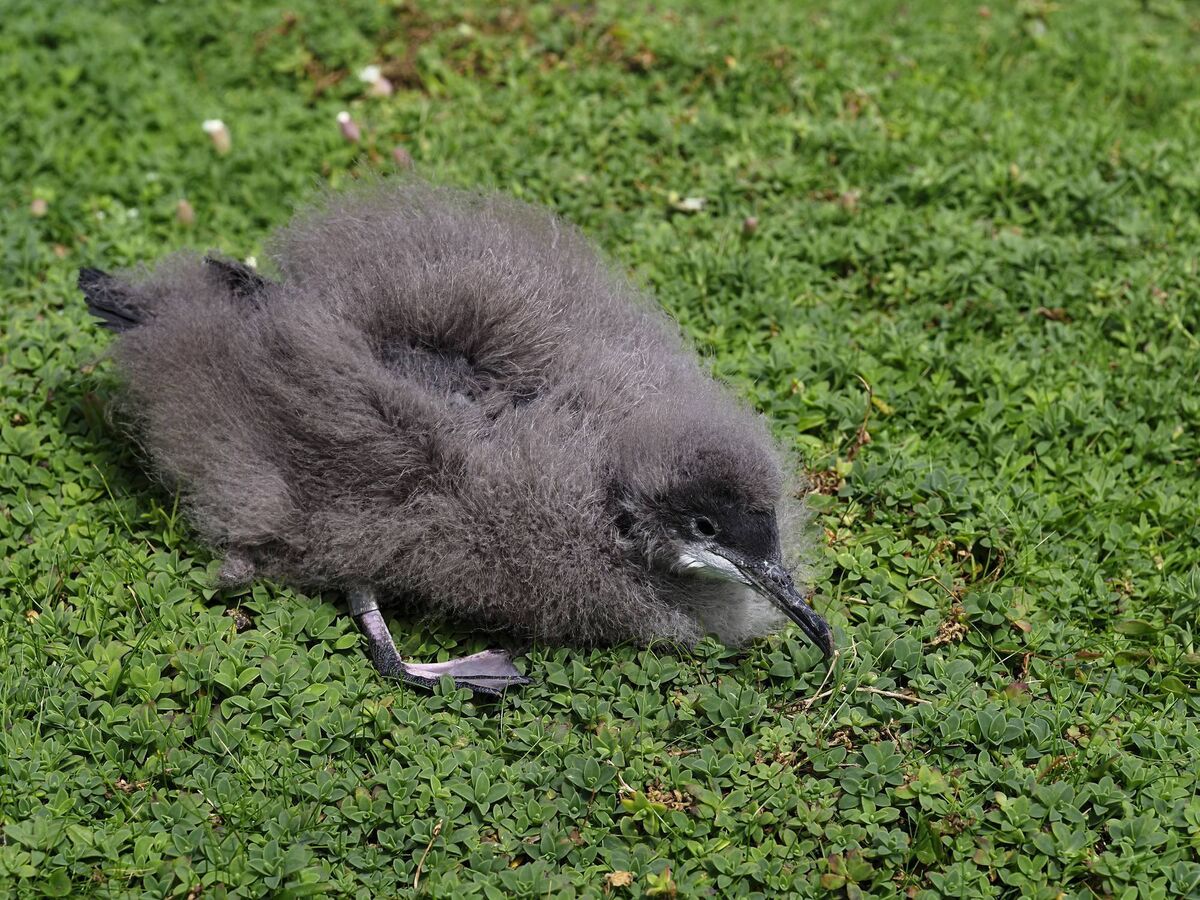
Another intriguing encounter I had when visiting the Skelligs a few years ago was a huge fluffy Manx Shearwater chick. I was crouched down in the dim light of one of the beehive huts on Skellig Michael, admiring the stone-built dome overhead and was pondering the lives of the monks who might have lived there more than 15 centuries ago, when I felt the presence of another being in the hut with me. Once my vision had adapted to the low light levels inside, I was startled to see a pair of eyes peering up from the corner — the big dark eyes of a super-fluffy Manx Shearwater chick not yet fledged. Such a disturbance should never have been allowed, and I left the hut quickly to leave the chick in peace. The nearby Blasket Islands and Puffin Island are also major hotspots for Manx-shearwater in Ireland.
Closely related to the albatrosses, these masters of trans-oceanic navigation fly as far as the coast of Argentina each autumn. Being so superbly adapted to life at sea and being, Manx-shearwaters can barely walk on land. Hence they rear their chicks in the safety of underground burrows each summer.
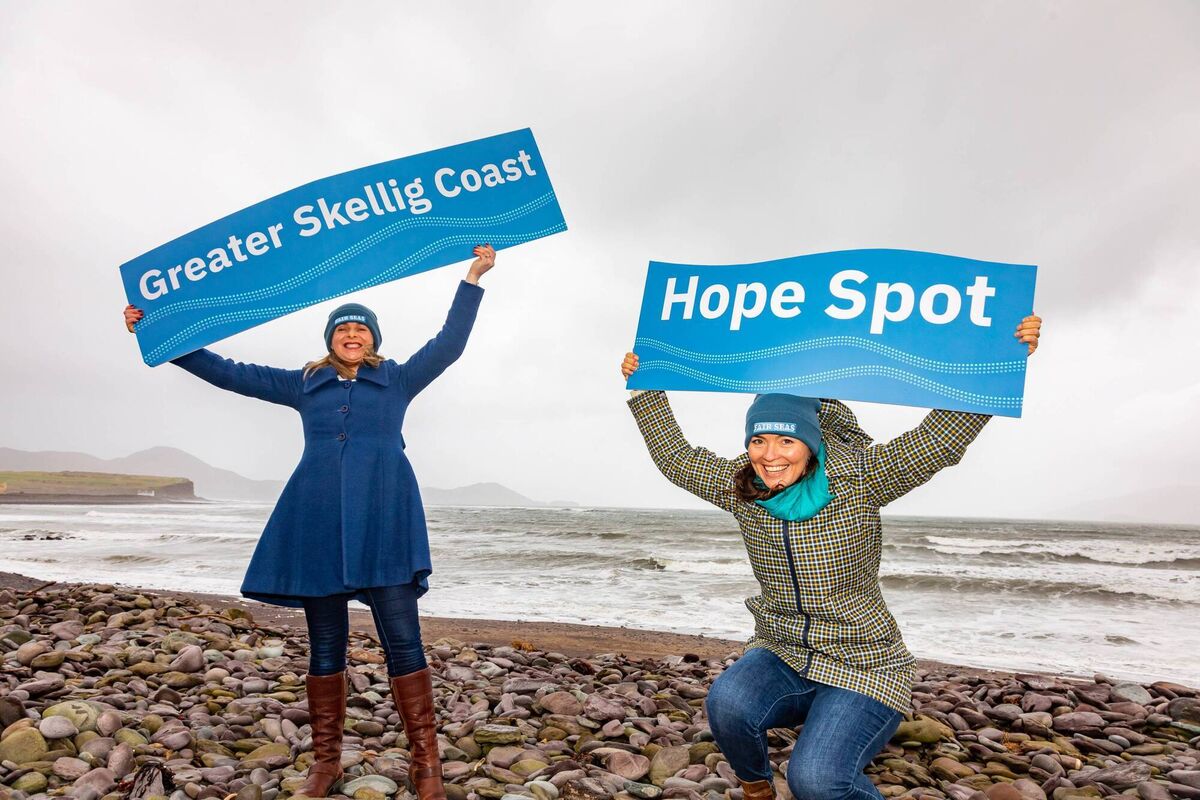
Healthy seabird populations require healthy ocean ecosystems. As with gannets, puffins, razorbills and Arctic terns who also nest on the Skelligs and other islands in this part of the coast, they are entirely dependent on an adequate supply of fish to sustain them. During breeding and chick-rearing season, waters here are typically rich in pollack, mackerel, whiting, sprat, krill, and herring, all shoaling within the feeding range of nesting colonies. Abundant fish stocks have sustained these seabird colonies for many thousands of years. But within recent years, with huge pressure on ocean ecosystems, fish are becoming less plentiful, and the abundance of many prey species is in jeopardy.
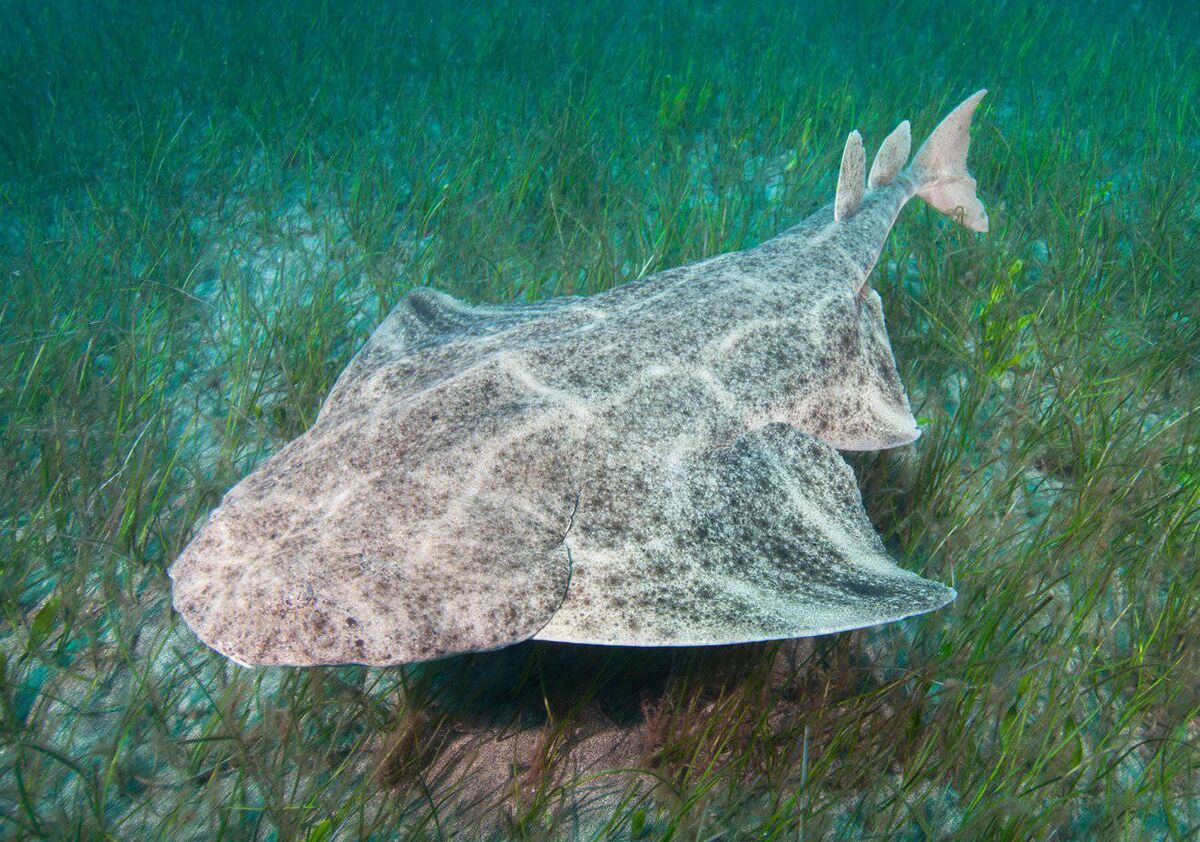
It is very welcome news, therefore, that the ‘ Greater Skellig Coast Hope Spot’ has just been announced for this area by international marine conservation movement ‘Mission Blue’. This newest ‘hope spot’ stretches from Kenmare Bay in County Kerry to Loop Head in County Clare and covers an area of roughly 7,000 square kilometres of coastal waters. We can now proudly include the Greater Skellig Coast in the same league as the Galápagos Islands off the coast of Ecuador, the Great Barrier Reef in Australia, and the Northwest Passage — the sea route between the Arctic and the Pacific Oceans.
It is not only seabird colonies that have drawn the attention of international experts when identifying the Irish ‘hope spot’. The seas here are also vital breeding grounds for several species of threatened shark, ray, and skate, including critically endangered Angel sharks. Special marine habitats such as kelp beds, Maerl and Zostera (seagrass) are essential nurseries for fish and marine invertebrates.
An impressive 14 different species of cetacean (whales, dolphins, and porpoise) have been recorded within the Greater Skellig Coast hope spot. The area contains the highest densities of minke whales within the Irish marine territory, which can be seen along the Greater Skellig Coast all year round. These whales are relatively small, at just 10m in length, when compared to other baleen whales such as humpback, fin and blue whales, each of which are regular visitors to offshore waters of the southwest in the autumn. For every iconic marine creature that inhabits these waters, it is the health of the marine habitats that matters most.
It is a credit to the group of organisations working together as ‘ Fair Seas’ that this hopeful development has come about. Fair Seas is a coalition of environmental organisations, including BirdWatch Ireland, the Irish Wildlife Trust, the Irish Whale and Dolphin Group, and Coastwatch. Together, they have been pressing for the protection of at least 30% of Irish waters as Marine Protected Areas (MPA) by 2030, in line with European and international commitments. The Greater Skellig Coast is one of 16 ‘Areas of Interest’ that the groups have proposed for greater protection.
Right now, the Government is in the midst of finalising Ireland’s marine protected areas. Hopefully, protection measures will be applied that ease up on relentless exploitation and give marine food chains a chance to restore themselves. As well as protecting the habitats and species within the defined area of an MPA, research repeatedly shows that life in the waters surrounding MPAs also get a much-needed boost. Fish, seabirds, sharks, cetaceans, and other marine creatures are allowed the space and resources they need to survive and thrive, as they have for thousands of years. They will in turn sustain ocean ecosystems far beyond the footprint of the protected area.
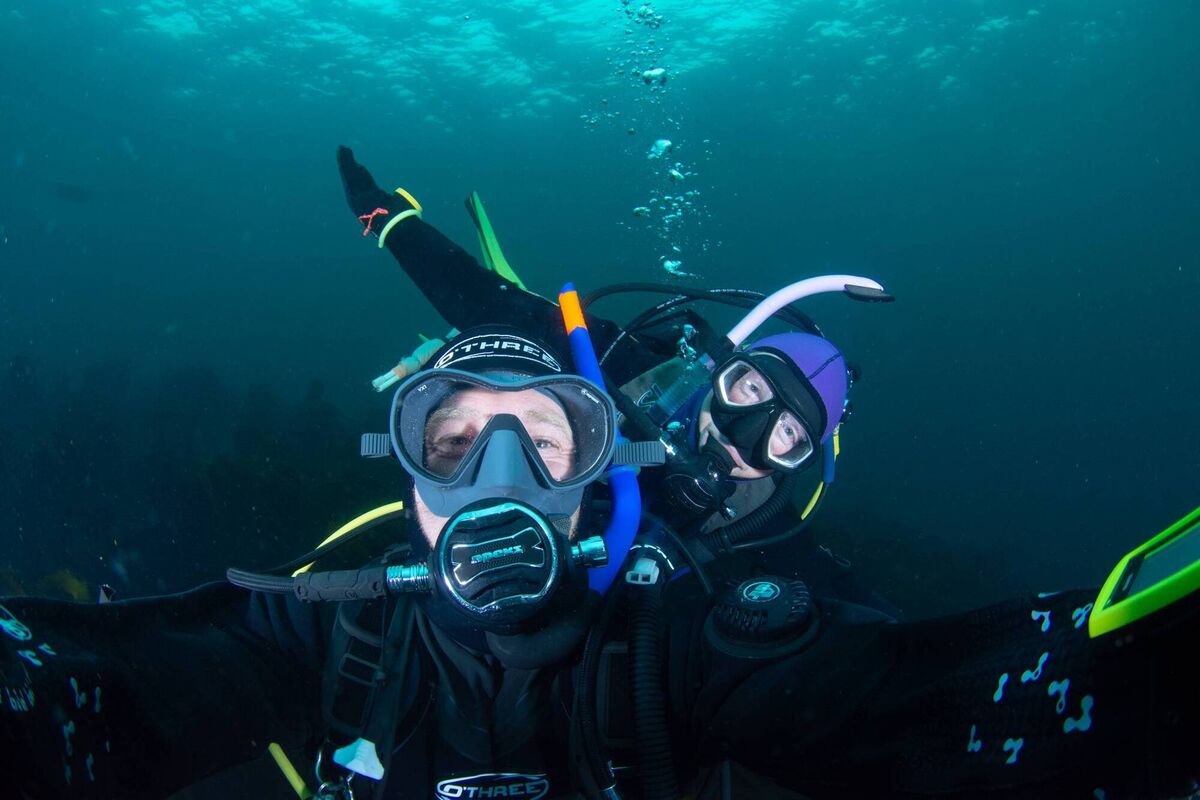
The recognition of the Greater Skellig Coast Hope Spot is a major step towards generating benefits that will resonate through both underwater realms and coastal communities, far into the future.





